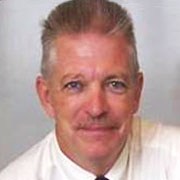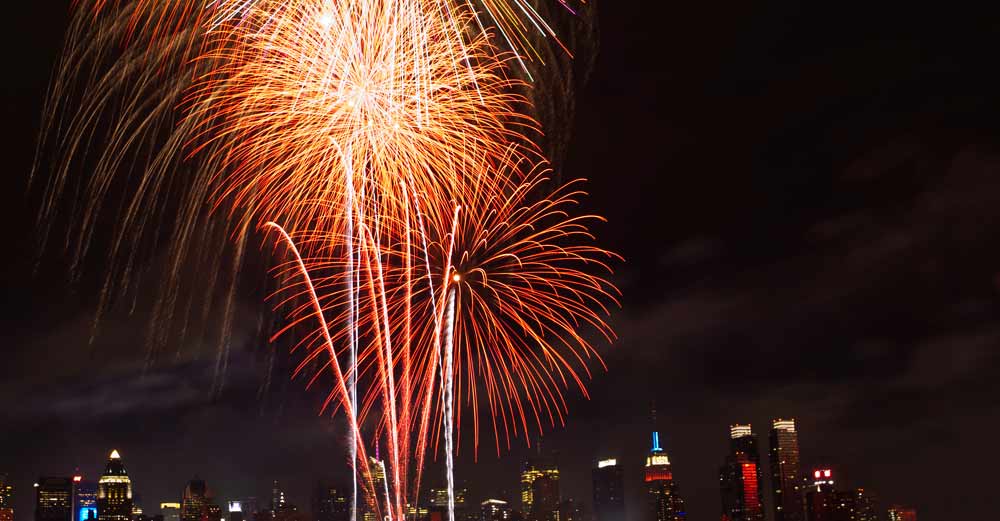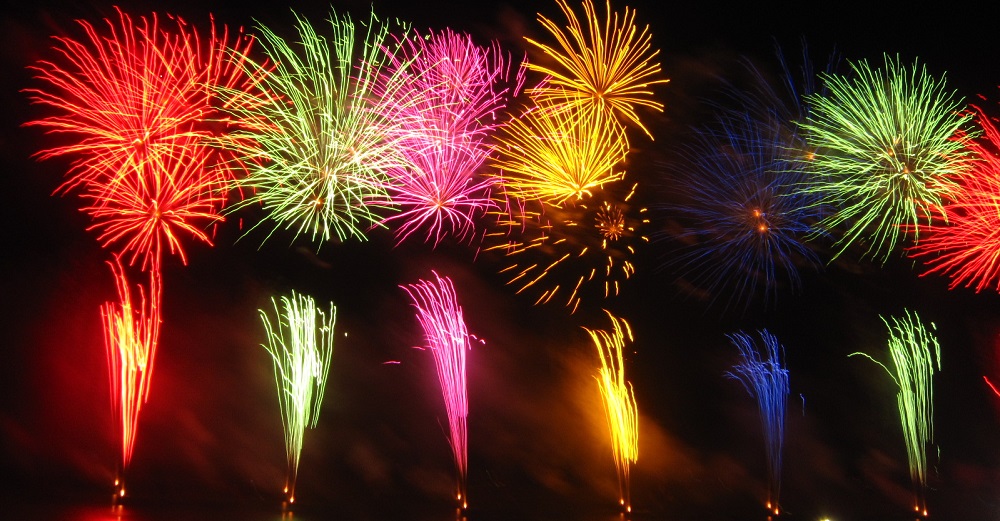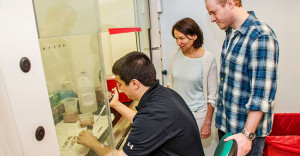With this Fourth of July fast approaching, we here at SUNY got to thinking about the yearly fireworks display that takes place in cities and towns all across New York. It got us wondering, how do these explosive displays really happen? In order to understand a bit more about fireworks, we sought the knowledge of an expert.
Expert Response
 Name: David K Walsh
Name: David K Walsh
Capacity: Head of the Fire Science program
Campus: Dutchess Community College
Question: What are Fireworks really? How do they work?
Answer: Aerial (professional) fireworks are explosive devices.
He explains:
When used properly they can be very entertaining; when not used properly they can be dangerous, sometimes deadly. Aerial fireworks are illegal in NYS except for licensed fireworks professionals. They are a cornerstone of many organizations’ 4th of July celebrations. Be wary of anybody selling fireworks out of a vehicle; this is most likely an illegal act.
The Cliff Notes of how fireworks work is that they contain an explosive charge which sits on top of a rocket like device that blasts it up into the air. There is a fuse that leads to this rocket like device which detonates the rocket. When the “rocket” reaches the designated altitude it ignites a small explosive charge which “blasts” out multiple small packets of different chemicals. Different chemicals burn (explode) producing different colors. It is a carefully planned and controlled process as to what pattern and colors each firework produces. Some explosive charges produce a more violent explosion than others; thus the “boom” that they make can vary dramatically.
New in NYS: In some NYS counties ground display fireworks are now legal. These ground displays produce a shower of flaming colors. They can be safe when used as intended. Sparklers are also legal in some NYS counties
The best advice to follow if you do obtain some of the legal (in some NYS counties) ground displays and/or sparklers is to follow all of the directions.
Below are safety guidelines for fireworks from the Consumer Product Safety Commission.
Follow these safety tips when using fireworks:
- Never allow young children to play with or ignite fireworks.
- Avoid buying fireworks that are packaged in brown paper because this is often a sign that the fireworks were made for professional displays and that they could pose a danger to consumers.
- Always have an adult supervise fireworks activities. Parents don’t realize that young children suffer injuries from sparklers. Sparklers burn at temperatures of about 2,000 degrees – hot enough to melt some metals.
- Never place any part of your body directly over a fireworks device when lighting the fuse. Back up to a safe distance immediately after lighting fireworks.
- Never try to re-light or pick up fireworks that have not ignited fully.
- Never point or throw fireworks at another person.
- Keep a bucket of water or a garden hose handy in case of fire or other mishap.
- Light fireworks one at a time, then move back quickly.
- Never carry fireworks in a pocket or shoot them off in metal or glass containers.
- After fireworks complete their burning, douse the spent device with plenty of water from a bucket or hose before discarding it to prevent a trash fire.
A few other guidelines to add to these are:
- Plan the location where you will use the fireworks out carefully; well away from anything combustible. This includes structures and tree branches.
- Only adults should ignite them.
- Never store or stage these legal fireworks near a camp fire
- Fight the urge to get fancy; ignite them one at a time.
- If a device fails to ignite; leave it alone for a while. Then immerse it fully in a bucket of water.
- Fireworks and alcohol (for the person using them) don’t mix.
- Never put used fireworks in a campfire; there might be some residual elements still inside of it.
- No smoke is good smoke but the smoke that is produced by fireworks is extremely nasty and toxic. Take care to make sure everybody is upwind and not exposed to its smoke.
So now that you know how fireworks really work, you can have a fun, safe 4th of July!





